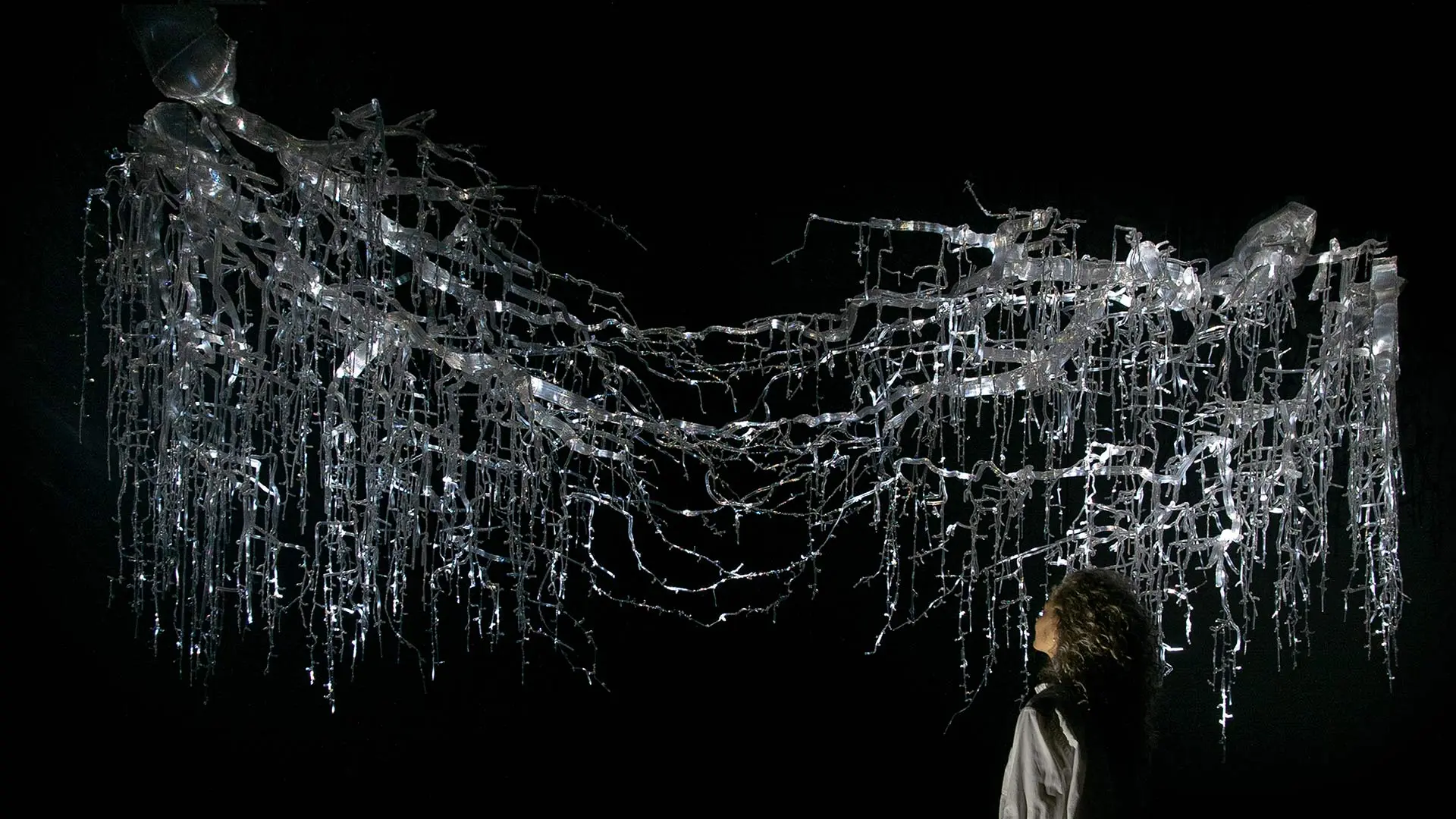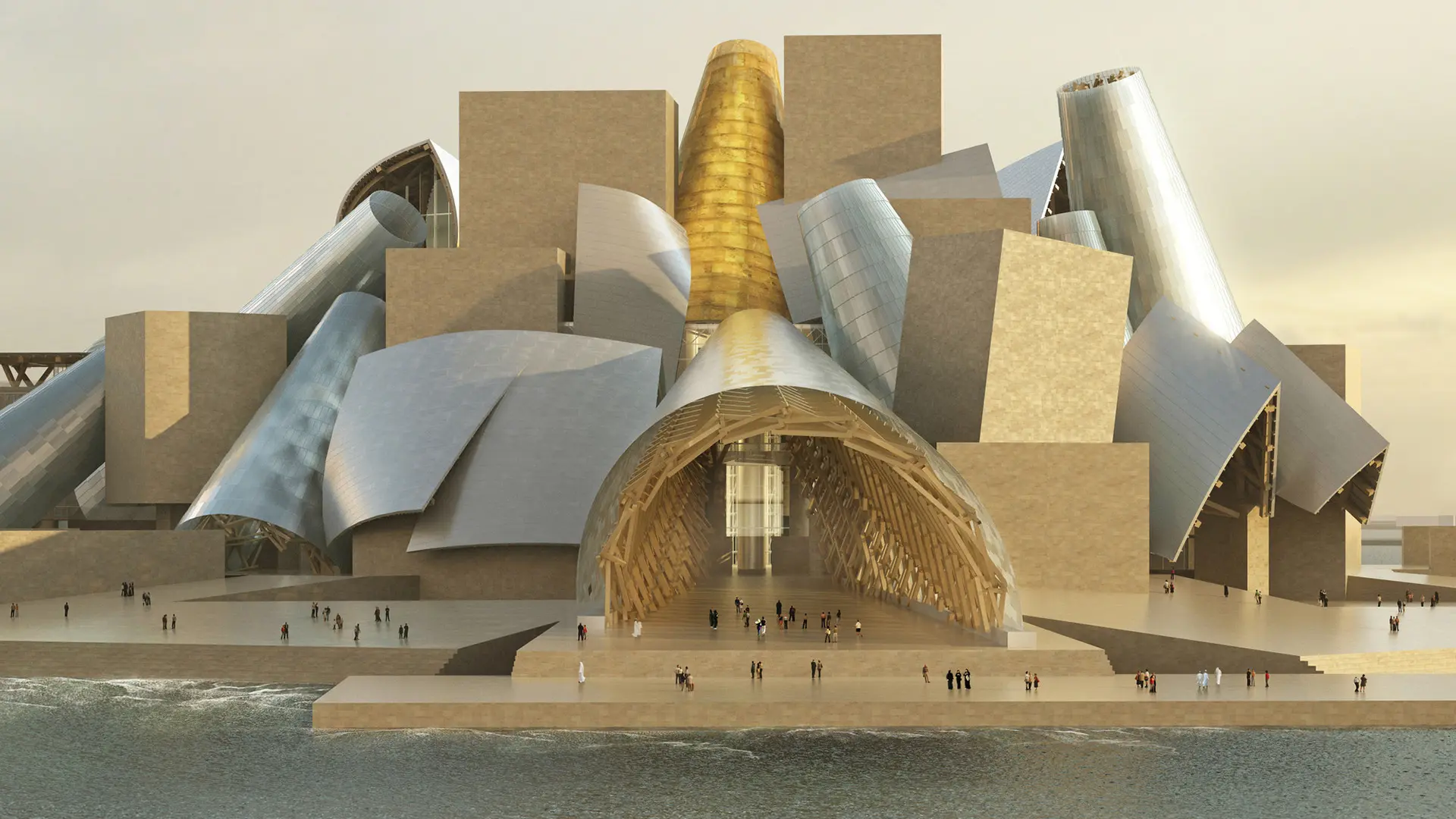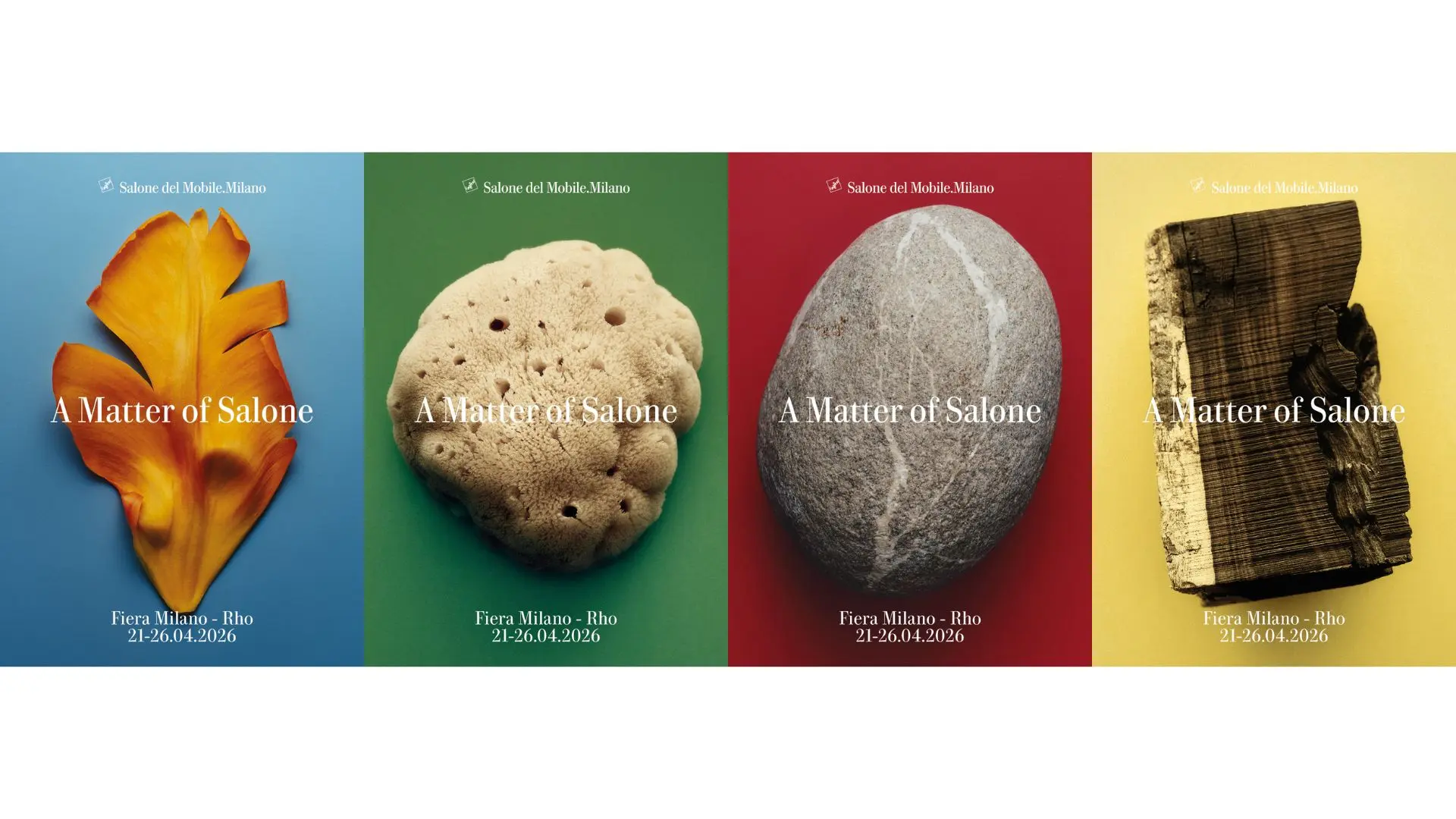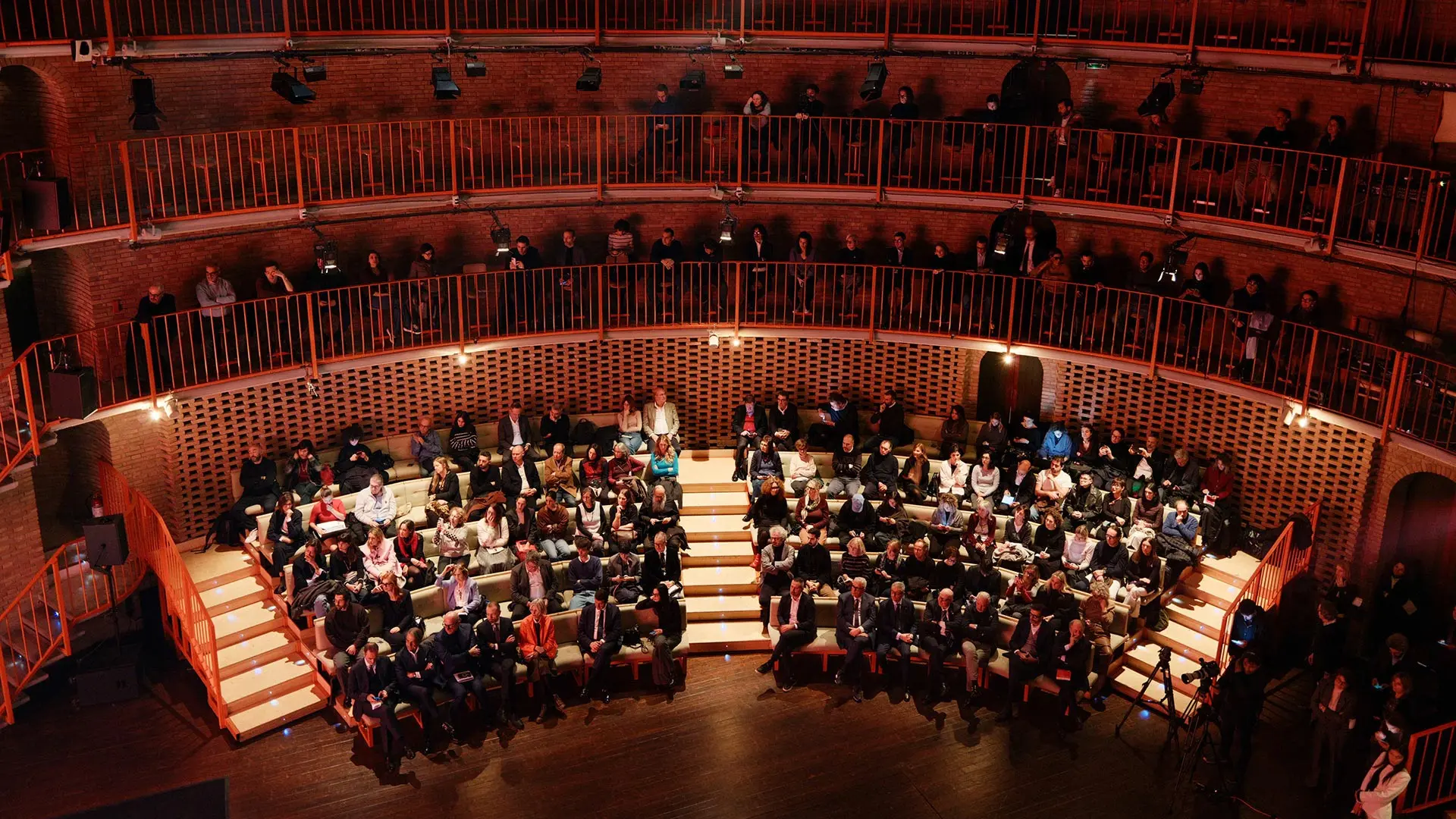From BIG to David Chipperfield, Frank Gehry to Snøhetta: a world tour of the best buildings set to open in 2026

Econtinuum by Thijs Biersteker in collaboration with Stefano Mancuso
Thijs Biersteker and Stefano Mancuso illustrate the spectacular communication that takes place between trees and between trees and human beings
Trees are intelligent creatures. They talk to and communicate with each other. Constantly. How? Just like the most modern human being – through a system that is comparable to our Internet and to our social networks – the Wood Wide Web, an immense network of connections that allows them to exchange resources and information, even at huge distances. This has been a known fact for the last dozen years or so. Now, however, the Italian botanist, academic and essayist Stefano Mancuso, founder of the Société Internationale pour le Signalement et le Comportement des Plantes and Director of the International Society of Plant Signalling and Behaviour, has taken this a step further, asserting that trees invite us to take part in their conversations. It’s an appealing, somewhat oneiric idea that immediately caught the attention of the Dutch artist Thijs Biersteker, who has always endeavoured to build bridges between art and ecology. Together they have created Econtinuum, a spectacular installation at the NXT in Amsterdam until May, the first Dutch museum to be devoted to new media art.
Econtinuum reproduces two enormous root systems – made of transparent recycled plastic and created by giant 3D printers – which mimic the electric and chemical chatter between trees and invite visitors to dialogue with them. The sculpture is equipped with artificial intelligence which measures the quality of the air, the humidity, C02 levels, and volatile organic compounds in the surrounding space. The AI then uses this data to generate light impulses that reveal how the plants cooperate with each other, supporting each other, sharing nutrients and warning each other about dangers and threats. Just as if they really were deep beneath the forest floor. That’s not all, however. They can sense as soon as anyone comes within their “operating radius,” and “involve” them in their conversation. The visitor realises immediately that the roots are reacting to their presence, predicting their movements and altering their communication accordingly, creating a futuristic knowledge-sharing ecosystem in which the central message is “together we are stronger,” giving visitors a chance to experience the power of a symbiotic relationship with nature.
Even more fascinating is the fact that the dialogue between these two root systems and between them and the visitor is actually live, i.e. it is taking place in real time and is based on scientific parameters that are constantly measured “live.” For the artist, and not just him, the beauty of this project lies in precisely this natural and spontaneous evolution. As the days and weeks go by, the installation and its artificial intelligence-driven soundscape evolve in ways we cannot yet predict. This means it will be fascinating to go back and admire it for a second or third time.
Aside from the enchantment and the sense of harmony that the installation generates, Thijs Biersteker and Stafano Mancuso’s aim is clear: to teach people about the value and importance of belonging to a shared ecosystem in eco-hostile times. As always, they hit the mark.


 Salone Selection
Salone Selection








